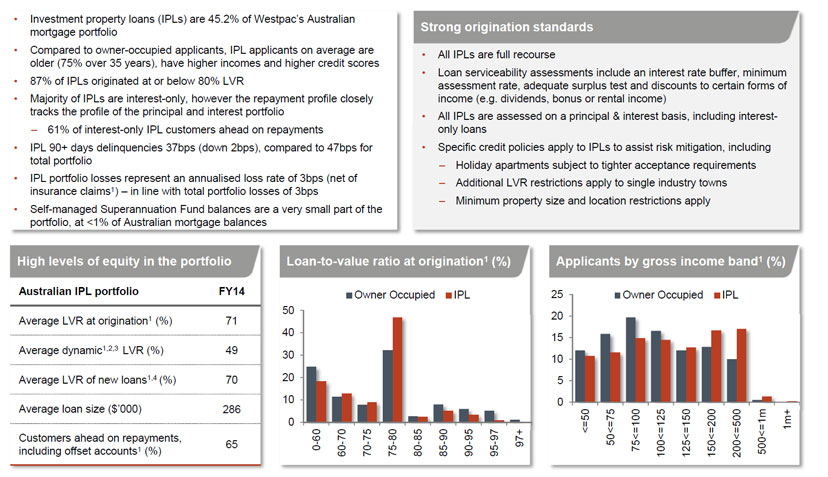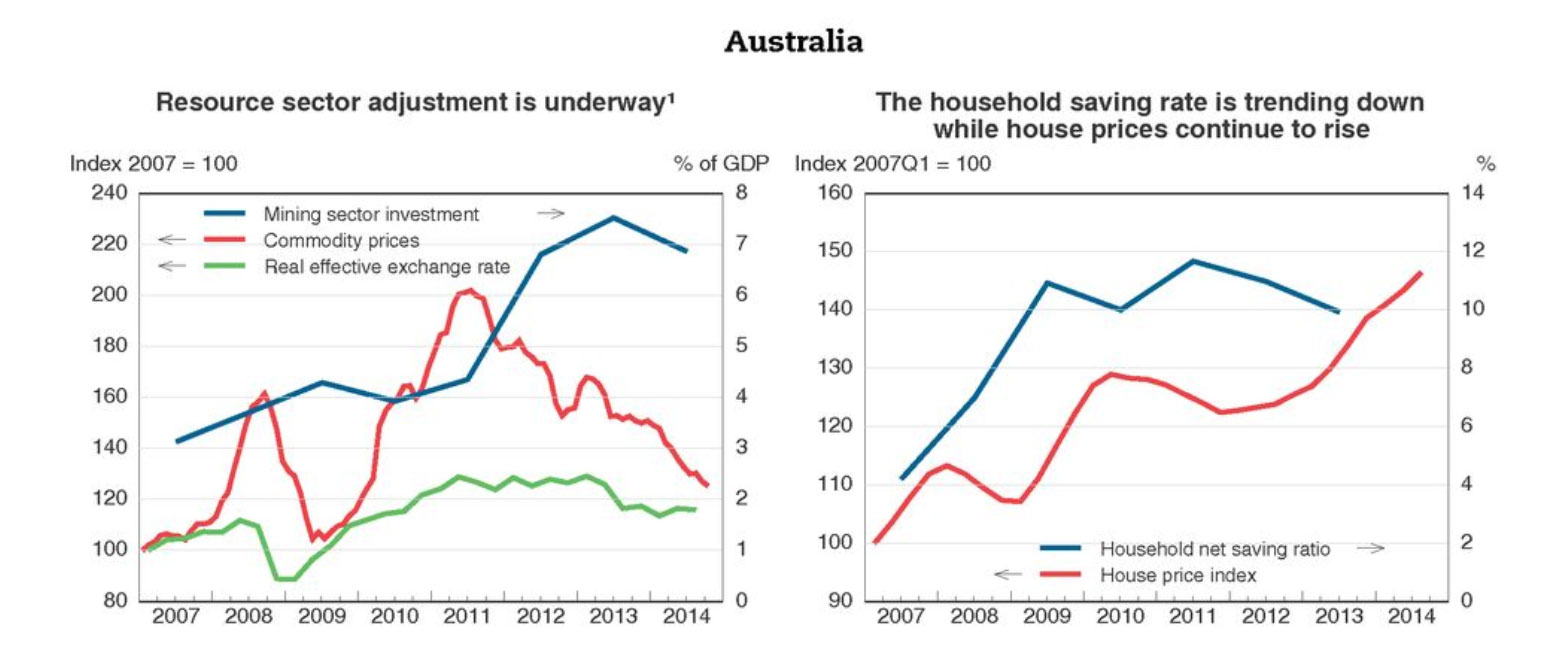New Zealand’s financial system is sound and operating effectively, but faces significant risks, Reserve Bank Governor, Graeme Wheeler, said today when releasing the Bank’s May Financial Stability Report.
Mr Wheeler identified three systemic risks facing the New Zealand financial system.
“Auckland’s median house price is 60 percent above its 2008 level, and house prices in Auckland have been rising rapidly since late last year. This reflects ongoing supply constraints and increased demand, driven by record net immigration, low interest rates and increasing investor activity. Prices in the Auckland region have become very stretched, increasing the risk of financial instability from a sharp correction in prices.
“A second area of risk for the financial system relates to the dairy sector, which is experiencing a sharp fall in incomes due to lower international prices. Many highly leveraged farms are facing negative cash-flows, and the risks will become more pronounced if low milk prices persist beyond the current season.
“The third key risk arises from the current very easy global financial conditions. Low interest rates are encouraging investors into riskier assets in the search for yield. Prices of both financial and real assets are becoming overextended in many markets. There is an increasing risk that the current benign conditions unwind in a disorderly fashion, disrupting the cost and availability of funding for the New Zealand financial system.”
LVR Restrictions
In response to the growing housing market risk in Auckland, the Reserve Bank is today announcing proposed changes to the loan-to-value ratio (LVR) policy. The policy changes, proposed to take effect from 1 October, will:
• Require residential property investors in the Auckland Council area using bank loans to have a deposit of at least 30 percent.
• Increase the existing speed limit for high LVR borrowing outside of Auckland from 10 to 15 percent, to reflect the more subdued housing market conditions outside of Auckland.
• Retain the existing 10 percent speed limit for loans to owner-occupiers in Auckland at LVRs of greater than 80 percent.
“We are proposing these adjustments to the LVR policy to more directly target investor activity in the Auckland region, where house prices relative to incomes and rent are far more elevated than elsewhere in New Zealand.
“The objective of this policy is to promote financial stability by reducing the rate of increase in Auckland house prices, and to improve the resilience of the banking system to a potential downturn in the Auckland housing market.”
Mr Wheeler emphasised that while the new measures aim to moderate housing demand, policies to ease housing supply constraints in Auckland remain the key to addressing the region’s housing imbalances over the longer term.
Deputy Governor, Grant Spencer, said that the Bank will issue a consultation paper in late May, providing further details and seeking feedback on the new LVR proposals.
“Prior to the proposed introduction of the policy in October, we expect banks to observe the spirit of the restrictions and not seek to expand high-LVR investor lending in Auckland.
“Given the importance of encouraging residential construction activity in Auckland, and consistent with the existing LVR policy, the proposed LVR restrictions will not apply to loans to construct new houses or apartments.
“Consistent with the LVR measures, the Reserve Bank is establishing a new asset class for bank loans to residential property investors. Banks will be expected to hold more capital against this asset class to reflect the higher risks inherent in such lending.
“Following a lengthy consultation process, we have decided that a residential property investor loan will be defined as any retail mortgage secured on a residential property that is not owner-occupied.”
A summary of submissions received in response to the consultation will be released later this month, and details will be provided on the implementation of the new asset class, including on the proposed capital treatment of residential investor loans.
The new asset class will take effect from 1 October 2015 for new lending, with a further phase-in period of nine months for the reclassification of existing loans.
“Given the broader risks facing the financial system, it is crucial that banks maintain their capital and liquidity buffers and apply prudent lending standards. Later this year the Reserve Bank will be reviewing bank capital requirements in light of global and domestic developments affecting the safety of the banking system,” Mr Spencer said.


